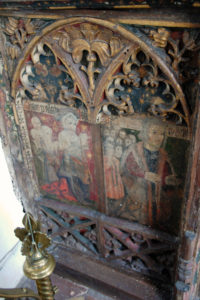Fritton St Catherine






















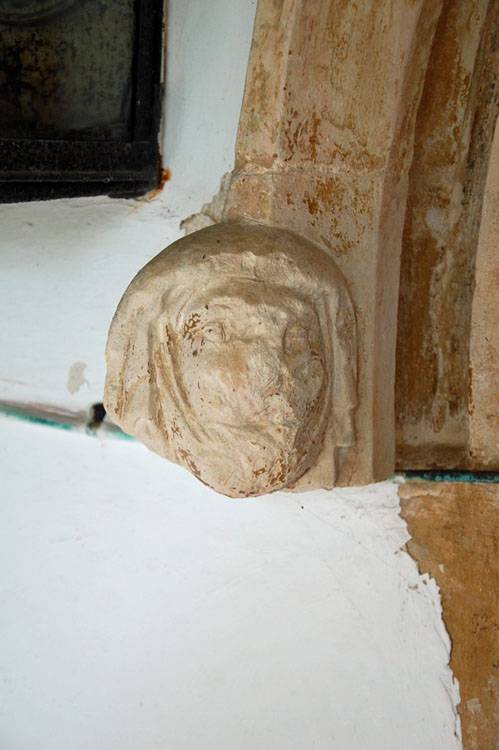





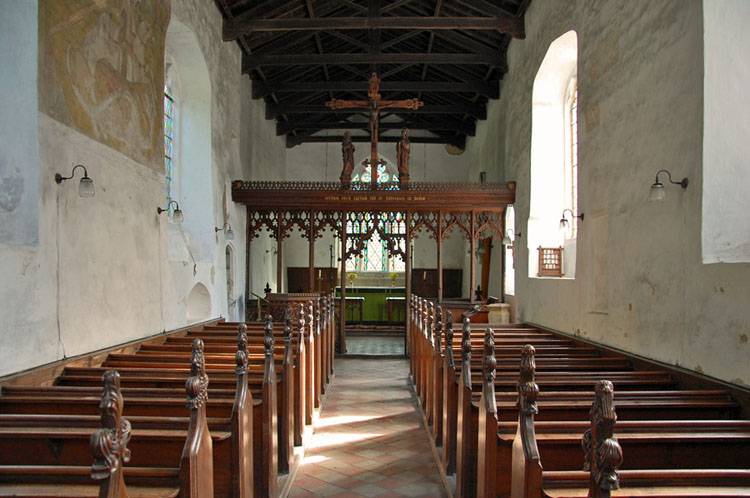








































































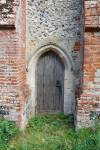


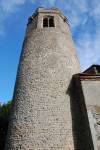




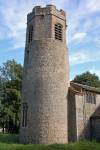


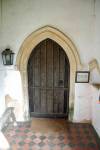

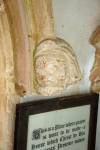
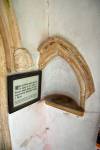




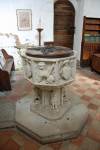


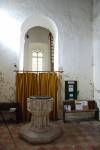





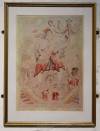


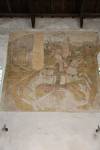




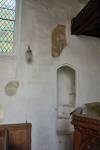













































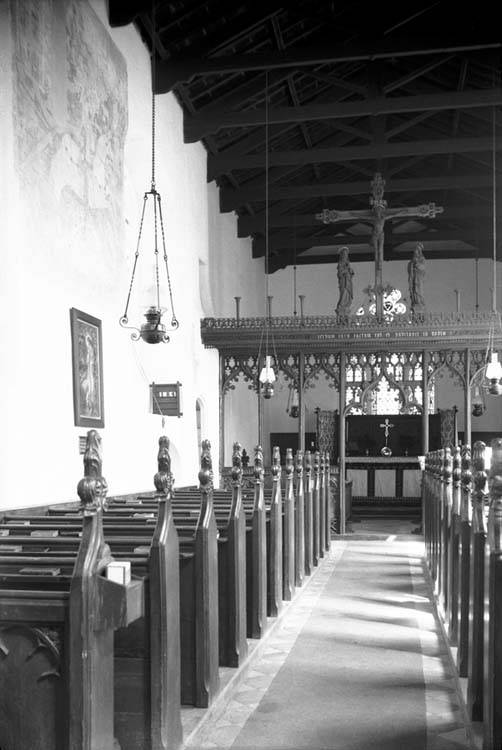





St Catherine's Church Fritton
Where to find this church
Church Information
St Catherine’s church is located in Fritton, a small Norfolk village four miles east of Long Stratton.
This church is usually open to visitors
* denotes external links that open in a new window


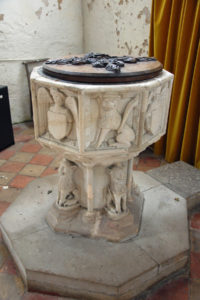
Visiting Fritton St Catherine
This church belongs to the wonderful Hempnall Group of Parishes. Wonderful because it has been long the practice that all these churches are always open to visitors. And furthermore – important for the Round Tower Churches enthusiast – six of the eight churches have a round tower: Bedingham St Andrew, Fritton St Catherine, Hardwick St Margaret, Morningthorpe St John the Baptist, Topcroft St Margaret and Woodton All Saints, all of which can be found on this website. Only Hempnall St Margaret and Shelton St Mary have square towers. So you can spend a leisurely day in this group of parishes, visiting six Round Tower Churches, and still only have to drive about 20 miles.
St Catherine’s in Fritton is amongst my personal favourites of the Round Tower Churches in Norfolk. It sits in a beautiful position within a copse, and the entrance to the churchyard is via some pretty gates. Furthermore, inside is a lot to discover, and some parts of the church are really old. For example, the lower part of this round tower, with evenly coursed flints, dates from the 11th century. The middle stage has smaller, less regular flintwork with some brick, so it was possibly rebuilt in 13/14th century. It has evidence of a former belfry, (three blocked openings), but in the 16th century an octagonal belfry and parapet were added, with brick quoins and bricks set around the stone belfry openings. The ground floor west window is a 16th century insertion. The west quoins of the nave have been dated to the 11th century, the same build as the tower. Much of the walling of the church is covered with render, except for the east chancel wall. There are an assortment of windows in different styles, 15th century in the south nave, 13th century lancets and Y tracery in the sides of the chancel and a fine 14th century east window (restored in 1994).
The church is entered through a wooden door, carved on a rail half way up with the initials of the then Churchwardens and the date 1619.
The tower arch is 11th century, formed of stone under the plaster. Nearby is a lion font, with four grinning lions seated round the stem, four angels holding shields and four seated lions alternating round the bowl, and demi-angels with overlapping wings in the corona, supporting the bowl.
There are the remains of wall paintings along the north nave wall. Over the north door is a very faded 1506 St Christopher, though there is a picture, done when more was visible, to give an idea of how it looked. Further east is a fine representation of St George riding a white horse and spearing a dragon under the horse’s feet. There is a castle top left and a maiden top right. Nearer the screen is part of a bishop, wearing a low-crowned mitre as in the 13th century.
The Rood screen was given by John Bacon, who died 1511, though the upper half was restored in the early 1900s, when the Rood and loft were added. The base next to the north wall shows two scenes of John Bacon’s wife with their three daughters and John Bacon himself with ten sons! Both the main figures hold rosaries. Then four panels show the four Latin Doctors, the people responsible for setting out the early Christian doctrines: St Augustine †430, Bishop of Hippo, St Jerome 4th century Secretary of See of Rome, (later a Cardinal’s position hence his red robes), St Gregory Pope born 540, St Ambrose made Bishop of Milan in 374. The other side of the screen has just St Simon (fish) and St Jude (boat).
Conclusion: beautiful open church with a lot to discover


